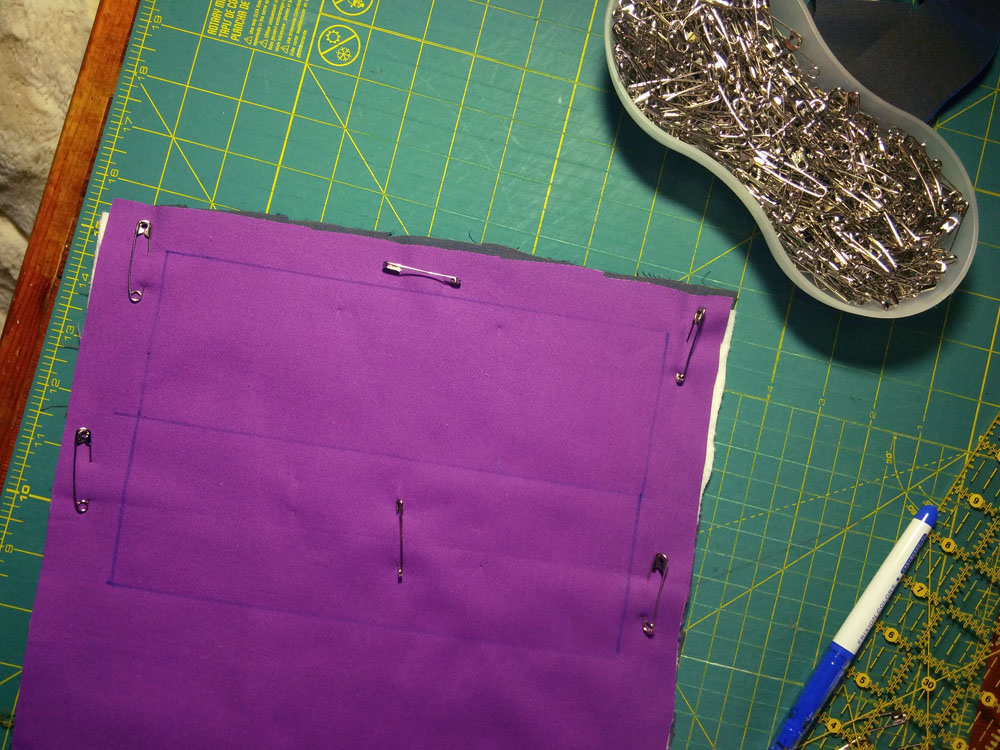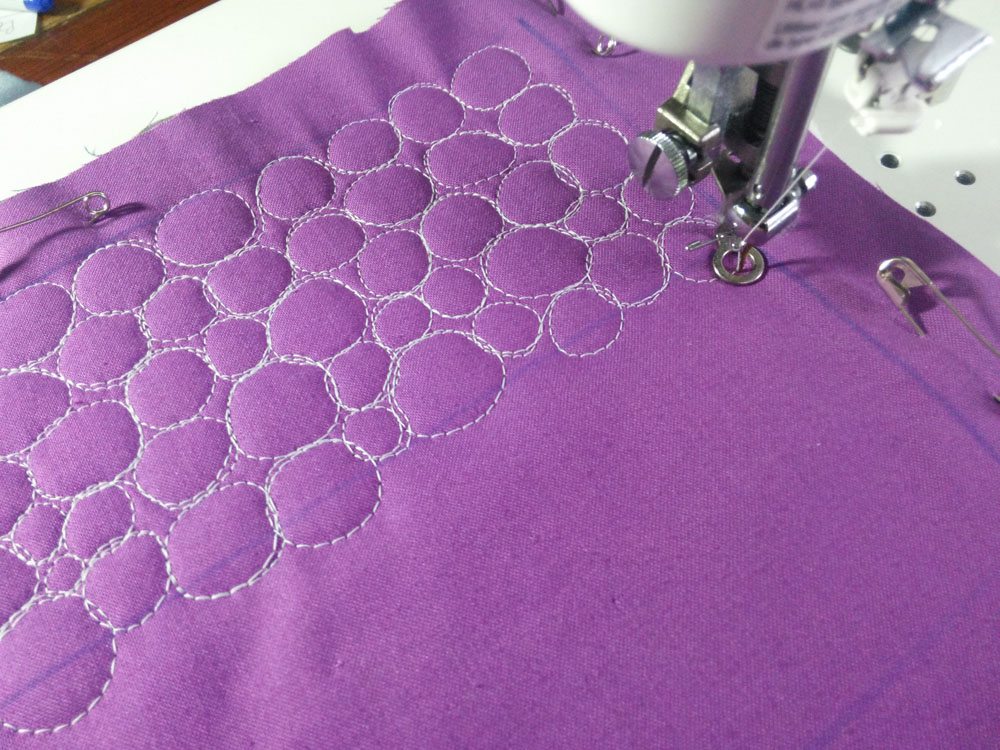Practice Perfect: Apply Rules 1-3 to Pebbling
 So I've been reading my Practice Perfect book with great enthusiasm (I've read through the first 9 rules), so I had to back up a bit today in order to actually sit down and work on practicing. Of what I've read thus far, here are my biggest takeaways:
So I've been reading my Practice Perfect book with great enthusiasm (I've read through the first 9 rules), so I had to back up a bit today in order to actually sit down and work on practicing. Of what I've read thus far, here are my biggest takeaways:
- More practice isn't better. Quality counts more than quantity. The beginning of the book drives this point home better than I ever could, but I did touch upon it in this post. However, it did make me feel better about the fact that I've never been a "practice every day" sort of person.
- Practice doesn't look like performance. This was a new concept to me. The author hones in on the idea of drilling and isolating concepts to work on in a way that will help you master skills one at a time. For example, rather than practicing for a basketball game by playing games amongst the team, he emphasizes using drills that break down the game so players focus in on certain aspects. Whenever I sat down to "practice" my free-motion quilting, I was just kind of doing whatever I felt like. Or whatever I wanted to do on the quilt itself, to see if it would work out. There was very little intentionality, analyzing, and breaking down.
So, without further ado, let's look at the first 3 rules:
Rule 1: Encode Success
"What you do is likely to become encoded" - so make sure what you are doing is what you want to be encoded (25). In other words, not crappy quilting. Not saying, "oh, well I don't have to pay attention that well, I'm just warming up," or, "it doesn't matter if I try that hard since this thread blends and no one can see it anyway". I mean, sure, don't sweat the small stuff. But at the same time, it was a wakeup call to be told that what I'm doing "will be instilled in muscle memory or mental circuitry and become habit - for better for for worse" (25). I mean, yikes, right? I definitely have a lot of "for worse" that I can cut out!
So, I decided to work on my pebbling. Because while I think I'm good at it, I actually do it incorrectly. (Now, what do I mean? When I finish a pebble, I stop and backtrack in order to work my way to the next jumping point. It's better to continue stitching all the way around the pebble to get to your next jumping point. This prevents those ugly points where the stitching pulls up because there's too much stress on the bottom thread. Stitching around will create a better flowing line.) Every time I pebble incorrectly, I'm just ingraining this habit further into my brain. The longer I do it, the harder it will be to stop.
There were a lot of different applicable lessons from this rule, but one I really took away was that your practice drill should be easy enough for you to consistently practice doing something correctly. Once you have plenty of correct practice in, you can increase the difficulty level. If you are practicing doing something incorrectly more than doing it correctly, then your drill is too hard. Some mistakes are ok, but if you straight up can't do it, and you keep "practicing" for an hour every day - well, you're harming yourself in the long run.
I made my drill super simple - pebble, one line at a time, back and forth. Don't try to change up the pebble sizes or worry about fitting them together. Don't tackle a row 3 pebbles tall. Just get the correct movement of flowing around the pebble for my retracing. I even drew a grid to make it easier for me to see where I was going.
At one point, I started changing up the size of the pebbles. I could tell it was too difficult, even though it looked ok, because I was holding my breath. I only do that when I'm concentrating way too hard on my quilting. So I backed off on it and went back to the super simple back and forth.
Rule 2: Practice the 20
"To become great, you should focus more on practicing the 20 percent of things that most create value than the other 80 percent of things you could possibly spend time on" (28). My thoughts on this are short but sweet: this is another reason why I opted to start my drilling on pebbling. Since I tend towards curvy patterns, the skills used to pebble are used in most of the quilting designs I like. I definitely think this quilting pattern falls into the 20.
Rule 3: Let the Mind Follow the Body
This rule encourages us to "stress learning skills all the way to automaticity so that participants can use them automatically - and before they consciously decide to"(35). This section gave examples of habits that we've practiced so often, they have become automatic, such as moving your foot to the brake when you want to slow down, . When we can do the simple things automatically, we open up our mind-space to think about more complex tasks. Basically, if you wanted to quilt a really difficult pattern, it would be best if you didn't also have to think about how fast you were stitching, or where your hands were, or if you were hitting a curve right, etc. That's why I found it important to back down in difficulty level when I was holding my breath: I want to be able to pebble (now in the correct way) so easily that I can watch a movie. Daydream. Make plans for the coming week. Basically, I want that free space in my brain so that I can level up in difficulty without overtaxing myself.
Whew. Alright, that was a lot. It's definitely different for me to think about practicing quilting with so much analysis. Quilting started as a fun hobby & outlet for me, so now to think of it as a skill I need to develop - well, it's a little bit of a change! But I definitely like it. I do recognize that not everyone wants to put this much energy into a hobby - and that's ok. But even if you don't want to apply these principles to your quilting, I hope this still interests you! You can totally apply them to any part of your life that would benefit from practice.


